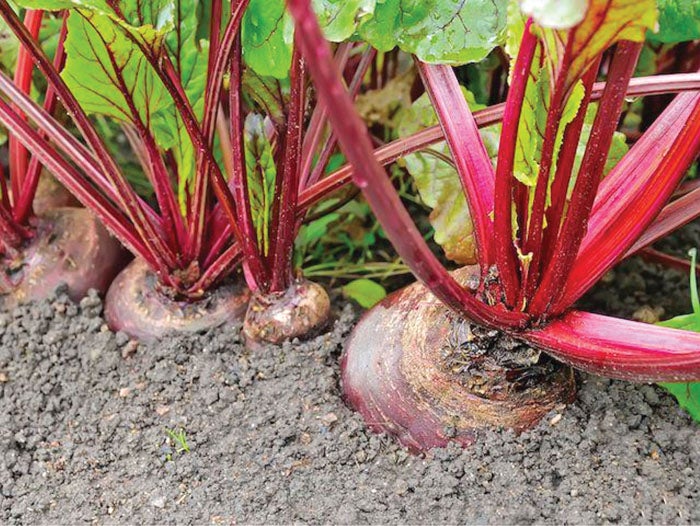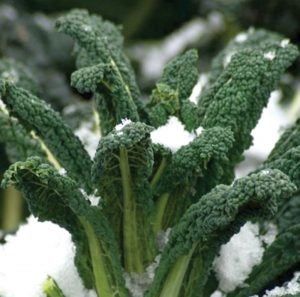What’s your favorite fall vegetable?
Published 12:00 am Friday, August 30, 2019

- Submitted photo The soil provides great insulation to maintain hearty beets throughout the winter.
By Michael O. Fine
Rowan Cooperative Extension
At the end of the summer, everyone thoroughly enjoys that first, crisp cool-off that sweeps across the Piedmont and relieves us from the August heat.
The cool air that swept in Friday night and continued to refresh us throughout this week was a reminder of the temporary state at which our frustrations exist. In this case, the frustration of 20 straight days of 90- degree heat and high humidity. For gardeners and farmers alike, this shift in the weather signals a time in which we turn our attention to the planting season ahead.
With September right around the corner, now is a prime time to sow your favorite winter greens, lettuces and roots crops for harvest in late October or indefinitely into the winter for some crops like greens, beets and carrots.
Popular greens in this area consist of collards, chard, turnip greens, kale and watercress (also called creasy greens). Green leafy vegetables are an excellent source of fiber, folate and carotenoids. These vegetables also contain vitamins C and K and the minerals iron and calcium. In addition, dark green leafy vegetables act as antioxidants in the body.
To grow these plants, seeds can be sowed directly into clean, freshly worked garden beds from now until mid-September. All of the above mentioned varieties like 4 to 6 inches of space per plant in rows that are no less than 12 inches apart in order to give the plants ample room to really flush out their tender leaves.
Winter greens are exceptionally valuable for sustenance gardeners as one planting of greens can be harvested multiple times throughout the late fall and winter. In fact, after the mild winter of 2019, most gardens had healthy collards and kale still thriving and ready to harvest in March.
Root crops such as turnips, beets, rutabaga and carrots are also in the prime of their planting window. Root vegetables also provide important antioxidants and minerals like potassium and magnesium, vitamin C and vitamin A. They may be able to help reduce the risk for health problems like skin cancer, vision loss, cognitive decline and heart disease.
These crops can be sown directly into the ground at 2- to 3-inch spacing between plants in rows no less than 4 inches apart.
While turnips and rutabagas are fairly easy to germinate, other seeds such as beets and carrots can be a little tricky and require more days to germination. The important thing to remember when planting beets and carrots is that for the first 12-14 days after sowing, make sure your garden plot receives consistent moisture. This ensures that the seeds do not germinate and then dry out in the soil.
Again, like greens, these crops bless the gardener with an extended harvesting period that stretches long into the late winter months. Best of all, there is little need under normal winter conditions to harvest all of your root crops at once and attempt to store them. Carrots, beets and turnips can typically remain in the soil unharmed by winter freezes as the soil provides adequate insulation around the root to sustain life within the plant.
Soil improvement tip: Try inter-sowing clover amidst your established stand of fall vegetables once they have germinated and have established themselves. One trick is to wait until the end of September or early October when gardeners traditionally perform one last weeding for the year.
The broken ground caused by the disturbance of weeding gives a perfect bed to receive a sprinkle of clover seed. If timed correctly, the clover sprouts will not compete with established fall crops but instead sit patiently until the warm days of late winter arrive. At this point, you will already have your ground cover crop with a nitrogen fixing legume to nourish next year’s garden when tilled under in the spring. Give it a try, because like they say “it’s hard to beat a good beet.”




